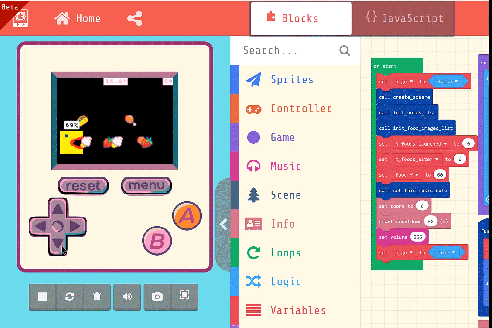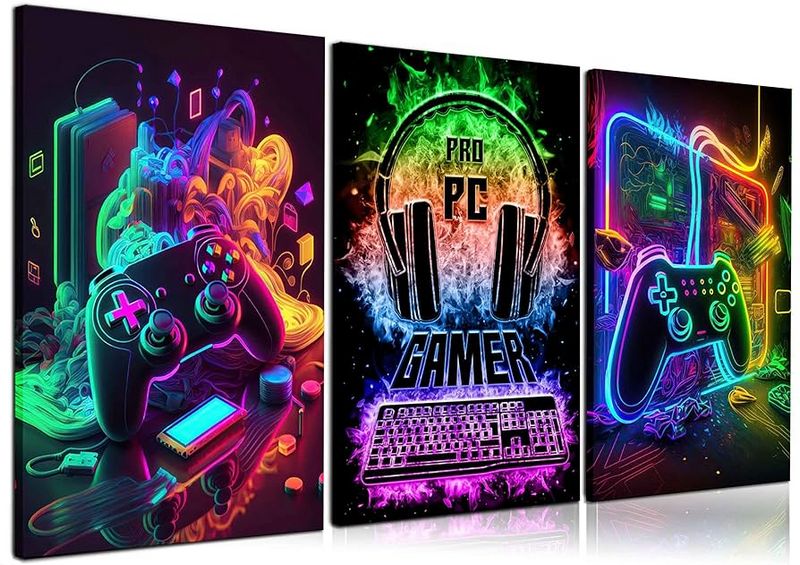
When it comes to gaming, there are a multitude of factors that contribute to the overall experience. From stunning graphics to immersive storylines, each element plays a crucial role in engaging players and keeping them invested in the game. One often overlooked aspect of gaming is the importance of music and sound effects, and how they sync with input feedback.
Music and sound effects have the power to enhance the emotional impact of a game, creating tension, excitement, and suspense at key moments. When used effectively, they can transport players to different worlds and evoke a wide range of emotions. But what exactly is input feedback, and how does it relate to music and sound effects in gaming?
Input feedback refers to the responses a player receives from the game based on their actions. This can include visual cues, such as changes in the environment or character animations, as well as auditory feedback, such as music and sound effects. When these elements are synchronized with the player’s input, it creates a seamless gaming experience that feels natural and intuitive.
One of the key ways that music and sound effects sync with input feedback is through timing. For example, when a player successfully lands a critical hit on an enemy, the game may play a triumphant fanfare to signify their success. This not only reinforces the player’s actions but also adds to the sense of accomplishment and satisfaction.
Similarly, sound effects can be used to provide important feedback during gameplay. For instance, in a first-person shooter game, the sound of bullets hitting a player’s character can alert them to nearby enemies or incoming attacks. By syncing these sound effects with the player’s actions, the game creates a more immersive and responsive experience.

In addition to timing, music and sound effects can also be used to create atmosphere and enhance the overall mood of a game. For example, a horror game may use eerie music and unsettling sound effects to build tension and keep players on edge. By syncing these elements with the player’s input, the game can create a sense of unease and anticipation that adds to the overall experience.
Another important aspect of how music and sound effects sync with input feedback is through variation. Just as players expect their actions to have consequences in the game world, they also expect the music and sound effects to change based on their actions. This can include everything from dynamic soundtracks that adjust based on the player’s progress to unique sound effects that change depending on the player’s choices.
By incorporating variation into the music and sound design, developers can create a more dynamic and engaging experience that keeps players immersed in the game world. Whether it’s the pulsing beat of a boss modded mc server hosting battle or the gentle melody of a peaceful village, music and sound effects play a crucial role in shaping the player’s experience and enhancing their connection to the game.
In addition to enhancing gameplay, music and sound effects can also be used to provide important feedback to players. This can include everything from alerting players to hidden dangers to guiding them towards important objectives. By syncing music and sound effects with input feedback, developers can create a more intuitive and responsive gaming experience that keeps players engaged and focused on the game.
Overall, music and sound effects play a crucial role in shaping the player’s experience and enhancing their connection to the game world. By syncing these elements with input feedback, developers can create a more immersive and engaging experience that keeps players invested in the game. Whether it’s the dramatic score of an epic battle or the ambient sounds of a peaceful forest, music and sound effects add depth and dimension to the gaming experience, making it more dynamic, engaging, and memorable for players of all skill levels.
